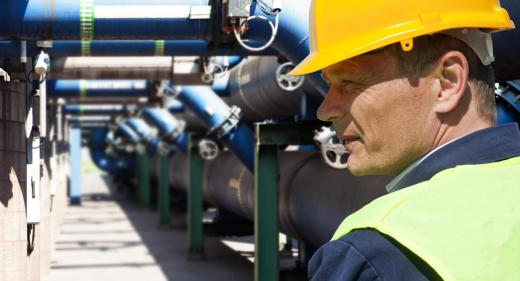5S manufacturing is a lean manufacturing practice geared towards bringing order and improving safety in the workplace and raising productivity. It is a housekeeping discipline conceptualized by Japanese companies to achieve manufacturing excellence and raise product quality. This practice may result in the elimination of waste and defective products, thus reducing manufacturing costs. 5S is globally practiced in both manufacturing and non-manufacturing organizations.
The manufacturing concept was named 5S because five Japanese action words starting with the letter "S" compose the steps in the 5S manufacturing discipline. The five steps were translated to English verbs and phrases also starting with the letter "S." The sequence of steps in 5S is seiri, seiton, seiso, seiketsu, and shitsuke.

Seiri means to sort. Materials necessary in the production process are segregated from the unnecessary materials, which are then disposed of. A red tag is used to label materials for disposal for easy identification. The segregation of materials is usually done per segment or section of the production floor for greater efficiency in sorting.
Seiton is the second step in 5S manufacturing. It means setting things in place. Tools and materials are neatly arranged and put in their proper location following the sequence of production. Manufacturing organizations commonly use shadow boards where the shape of each tool is painted on a board to guide workers in returning the tools to their proper places. The tools are also located at the point in the production line where they will be used.
Seiso or shine comes next in the 5S manufacturing discipline. Workers must leave their respective work places clean at all times. A clean working environment is believed to stimulate worker productivity.

The fourth step in 5S manufacturing is seiketsu. It means to standardize the practice of 5S manufacturing in order to make the implementation uniform and routine. A common practice to standardize the implementation of 5S is to have a checklist. The activities to sort, set things in place, and shine are listed in the first column of the checklist and the person responsible for each activity is indicated on the second column. The third column reflects the frequency of the activity, while the fourth column indicates the completion of an activity with a tick mark.
The final step in 5S manufacturing is shitsuke, which means to sustain. While seiketsu facilitates the implementation of shitsuke, efforts must also be made to promote the discipline of 5S in manufacturing by motivating everyone in the plant to practice it. Some manufacturers hold a contest among the different sections in the plant; the section with the best implementation of 5S is awarded a token reward and a plaque of recognition.
An audit of the 5S implementation is also a good tool to sustain the discipline. Members of the audit team should come from different sections of the manufacturing plant and should be changed from time to time to avoid bias. The audit results should not be used to sanction those who are not able to follow the 5S guideline. It should instead be used as basis in formulating programs to encourage voluntary participation. It is believed that a worker forms a habit more easily when he or she chooses to do so voluntarily.
